Sidebar
Main Menu
Discovering South America's History in a Nutshell, What Went Wrong?
Discovering South America is finding a continent so rich in natural resources and so diverse that you can't help but wonder, what went wrong? I will admit that my knowledge of South American was scant, except for current events, which is never good. After my cruise to South America, I understood a little more about its history and its continued struggle to fight the past.
Cruise to South America
There was never good news about South America. I heard about the horrific drug trade in the 1970s and 1980s in Colombia, and the port city of Medellin.
Then there were the dictators, each one more corrupt than the previous. Then there were the earthquakes in Chile and that terrible mining disaster. Finally, there was Evita, the musical or movie. South America was never on my bucket list as I thought the countries to be too dangerous or provincial.That was ignorance, of course. After cruising South America, I have gained a great perspective on the continent. That is the beautiful thing about travel. You learn the history that shapes current events.
The Philippines and South America also share a colonial past from opposite sides of the world and hemisphere.
The Native People of South America
On the north coast of the continent are Colombia, Venezuela, and Guyana's, racially mixed and geographically divided between the Caribbean and the Amazon rainforest. Bolivia and Ecuador form the Andean heartland and have the largest indigenous population in the continent clustered around the mountains where the Incas reigned.
Brazil, different from its neighbors, dominates the east because of its Portuguese heritage and the vast Amazon. Argentina, Uruguay, and Chile form the southern zone and the spine of the Andes to the last stop before Antarctica, Tierra del Fuego. These three countries are the most European in the continent.
The peoples of South America seemed to have started in the Andean highlands. The last and most impressive of the Andean cultures was the Inca empire. The Incas lived in the Cusco valley that is now Peru.
They succeeded in extending their rule north to Ecuador and south to Chile. By 1525, the Incas were in the southern borders of Colombia to central Chile.
South America is home to over 800 indigenous peoples, with estimates of the total population between 40 to 50 million, including the later discovered peoples in the Amazon. Over the centuries, these peoples were absorbed or persecuted, and their way of life destroyed.
This process began in 1530 when Francisco Pizarro conquered the Inca empire. Lack of resistance to European diseases, millions were wiped out, and survivors pushed to the bottom rack of society. The native people (Mapuche) of Chile and Argentina resisted the colonizers, living independently until the end of the 19th century. Other groups in Argentina moved to the remote coast of Patagonia and Tierra del Fuego.
The Coming of the Europeans
The Spaniards founded Peru and made Lima its colonial capital in 1535. The city grew and prospered as did its religious zeal. There were churches, monasteries everywhere, some very ornate.
Nuns, bishops, priests, and monks flocked to Lima and with them, the Holy Inquisition. The Holy Inquisition meted out torture in Peru from 1570 to 1761.Europeans were soon busy exploring the Atlantic seaboard of South America. The conflict between the Spanish and the Portuguese arose over the ownership of the new territory. They resolved this with the Treaty of Tordesillas (1494), which granted all of Brazil to the Portuguese.
In the far south, explorers were still seeking a sea route from Europe to Asia. Between 1519 and 1522, Ferdinand Magellan rounded Cape Horn and sailed into the Pacific Ocean, making him the first European to land in Patagonia and Chile. Magellan eventually sailed to Asia and discovered the Philippines in 1521.
Another wave of Spanish explorers sailed the Rio de la Plata and founded Buenos Aires in 1536 and Paraguay the following year. Due to fierce attacks by local tribes, there was no permanent settlement until 1580.
On the Pacific side, Spaniards pushed south to discover Chile in 1541.
Colonization of the Continent
The first wave of conquest lasted for two generations until the beginning of the 19th century. Spain and Portugal became wealthy with economic activity based on the mining of gold and silver in South American. Agriculture was developed with the Spaniards awarding large tracts of land to Spanish born people with indigenous people to work for them.
Through the 17th century, the Spaniards consolidated their rule by appointing a small number of Spanish-born administrators and clergy. Below them in rank were the criollos or creoles who are people born in South American but claiming Spanish heritage. The fastest-growing sector of the colonial population was the mestizos, mixed-race people, most born of a Spanish father and indigenous mother. Many indigenous people remained outside of Spanish society and worked in slave-like conditions.As the need for labor increased, the slave trade Africa grew. Slave labor moved from the Caribbean to the coast of Colombia, Venezuela, and Peru. It was in Brazil that African slaves made the most impact on society with the growth of sugar plantations. The Discovery of gold and diamonds followed. By the end of the 18th century, coffee from Brazil became the new favored crop. The economic growth in Brazil and the other colonies caused friction between the merchant class and the centralized authorities.
Most of the transported wealth in Europe financed wars. By the end of the 18th century, Spain had fallen behind France and Great Britain as industrial powerhouses.
The Fight for Independence
The creole took advantage of the waning power of Spain. Military losses in the Seven Year War lead to the militarization of the creole elite as reinforcements for the teetering empire. Napoleon's conquest of Spain triggered the uprising that leads to the independence of many of Spain's American empire. The colonies rejected the rule by France, further destabilizing the former Spanish colonies. Spanish Creoles in Spanish America questioned their allegiance to Spain, stoking the movement for independence. The war for independence was the result, which lasted almost two decades.
The Rise of the Dictators
In the northern part of South America, Simon Bolivar led the drive for independence. He fought off Spanish loyalists in Venezuela to become a dictator. He retreated to Haiti and Jamaica after Spain's resurgence to recover the colonies. He returned three years later, leading a force of Venezuelans and European mercenaries promising social change to Venezuela's fierce mixed race and marginalized population. He conquered northern Columbia in 1819. The trend to declare independence followed in the other colonies -- Ecuador, Argentina, Chile, and Peru.
The years following independence, in many ways, was more complicated than the struggle itself. Bolivar had hoped that the newly emerged countries would stay united. Within a decade, Ecuador, Venezuela, and Colombia had gone separate ways after a war with Peru.
Chile and Argentina were in disarray, which allowed Paraguay to declare independence. Uruguay and Brazil warred. The fight for control was usually between the interior (conservative) who wanted loose federal political arrangement and the cities (liberals) who wished to centralized control. Often, the struggle for power resulted in the emergence of an autocratic leader, which hindered the growth of democratic rule.
By the mid 19th century, South America found Spanish tyranny replaced with more brutal local regimes.
When you subscribe to the blog, we will send you an e-mail when there are new updates on the site so you wouldn't miss them.
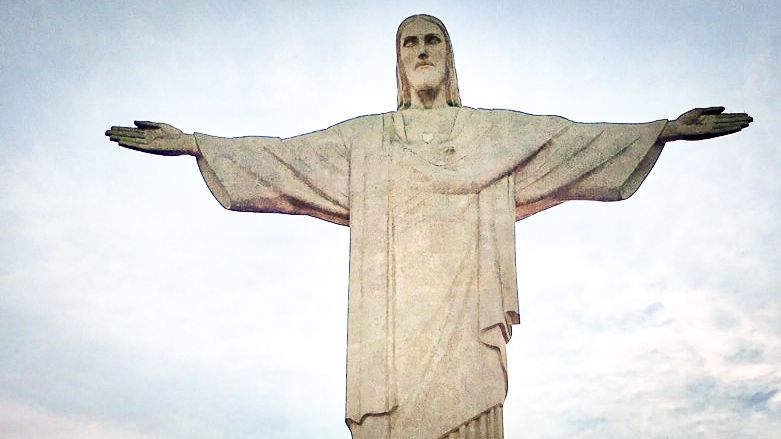
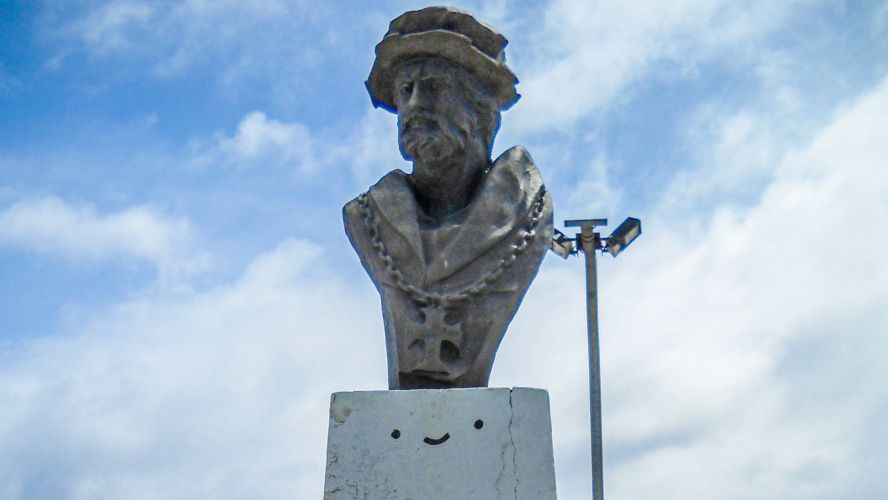
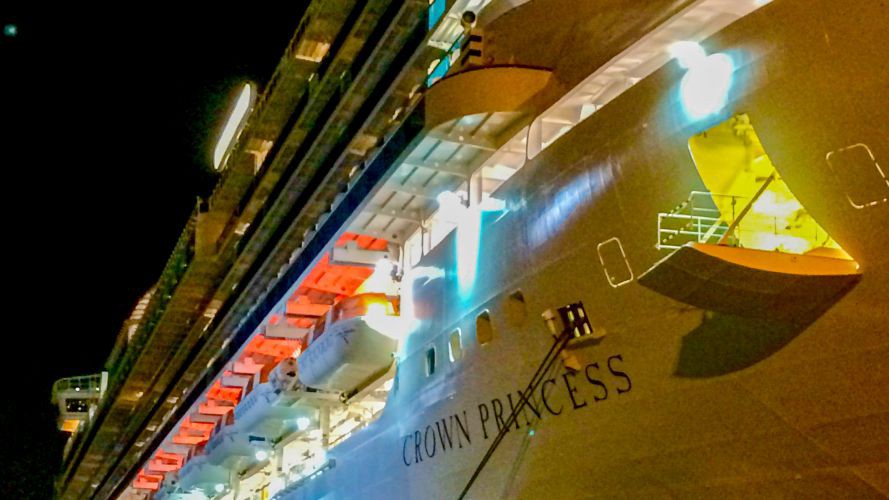
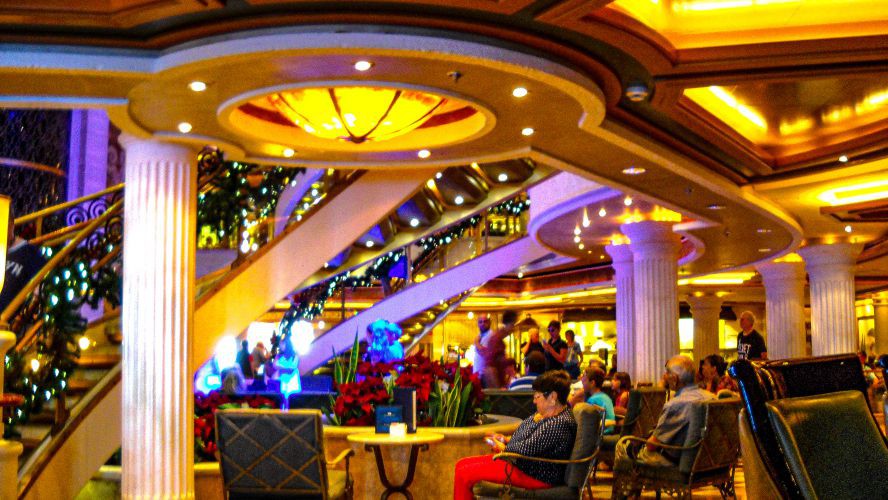
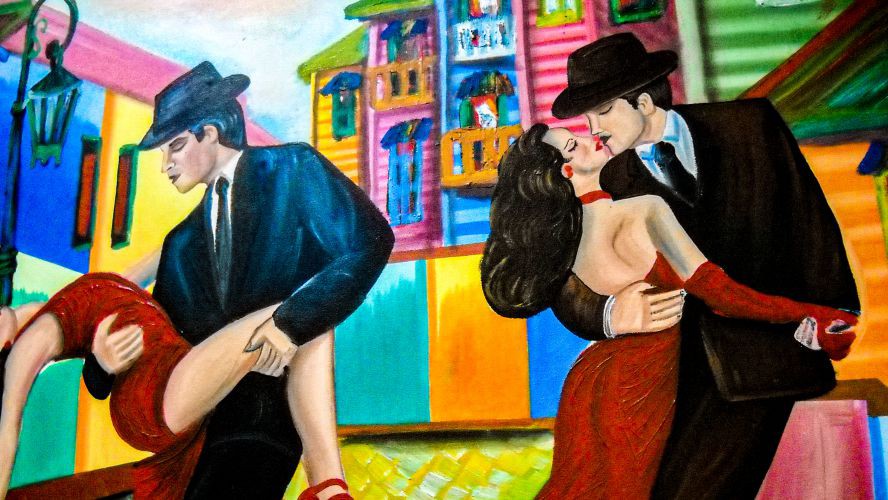
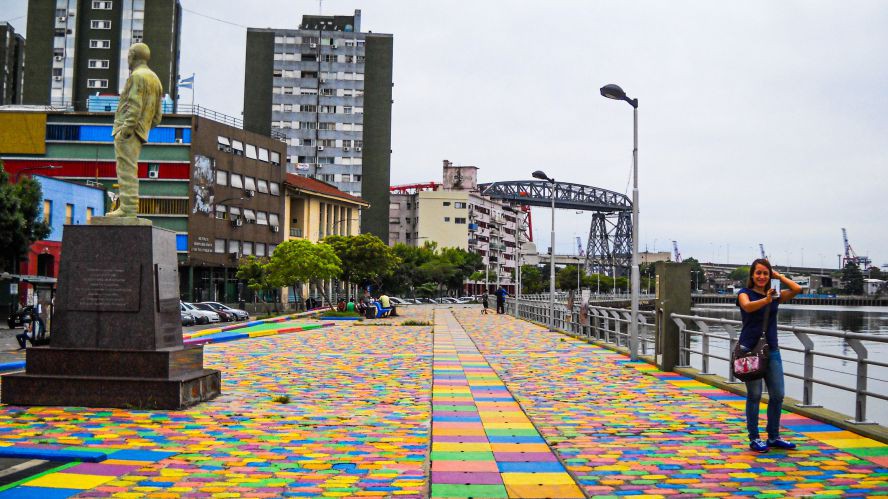
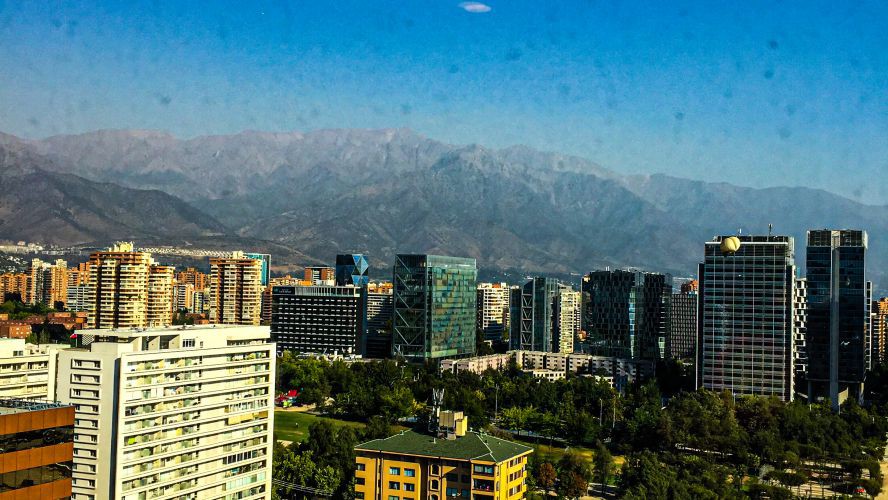
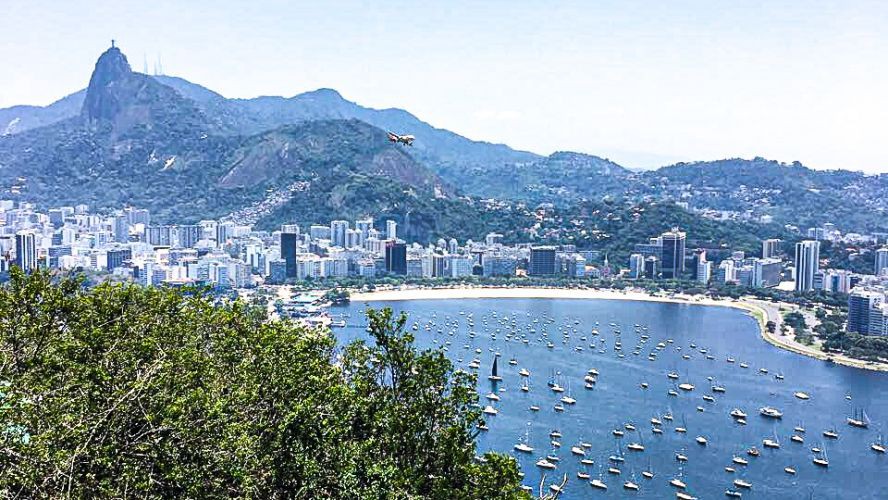
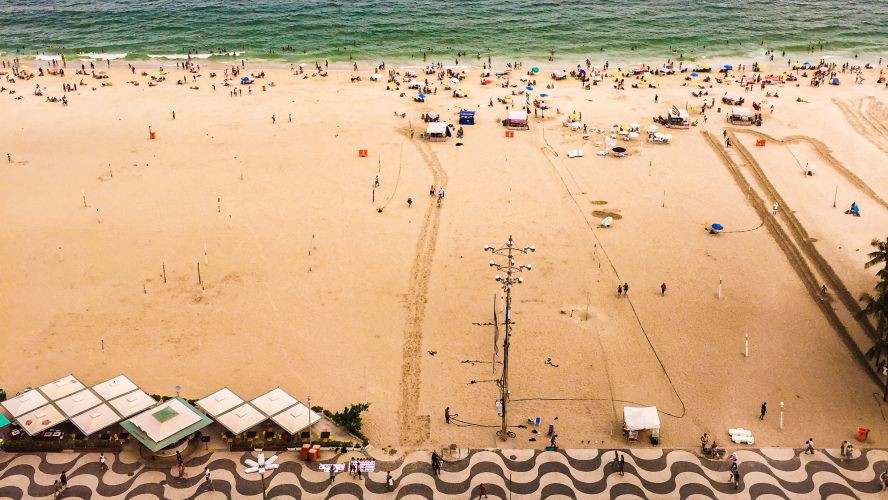
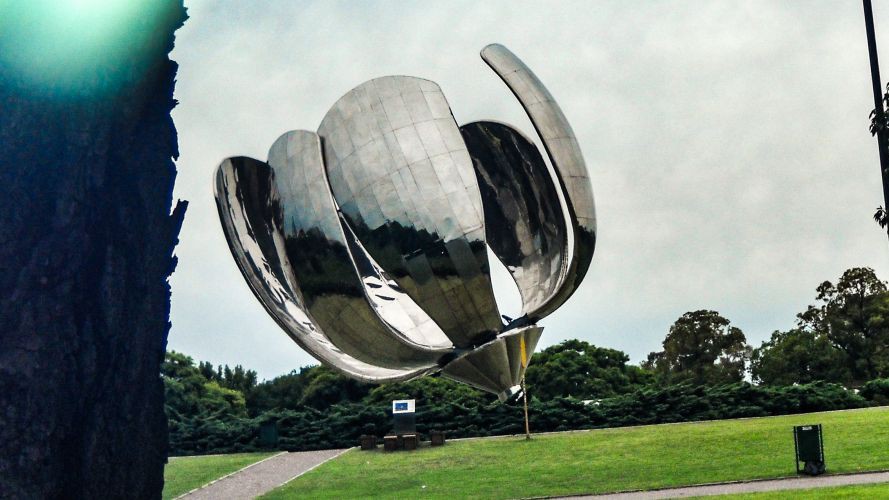
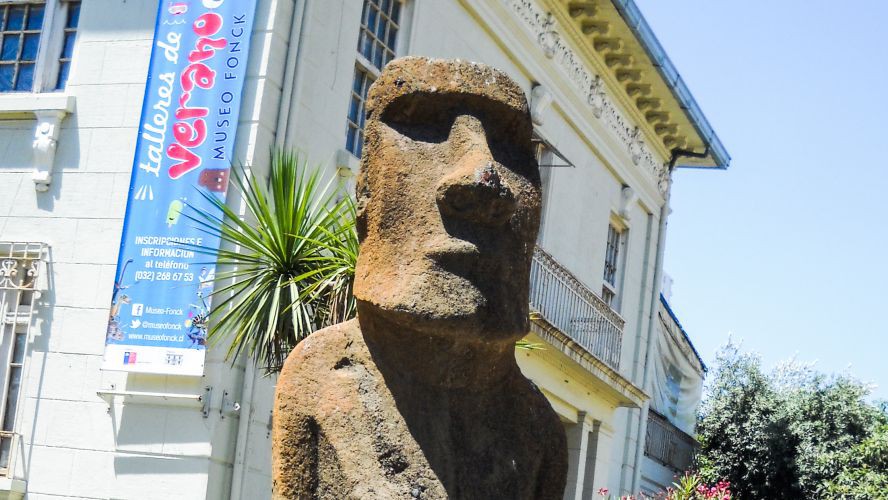
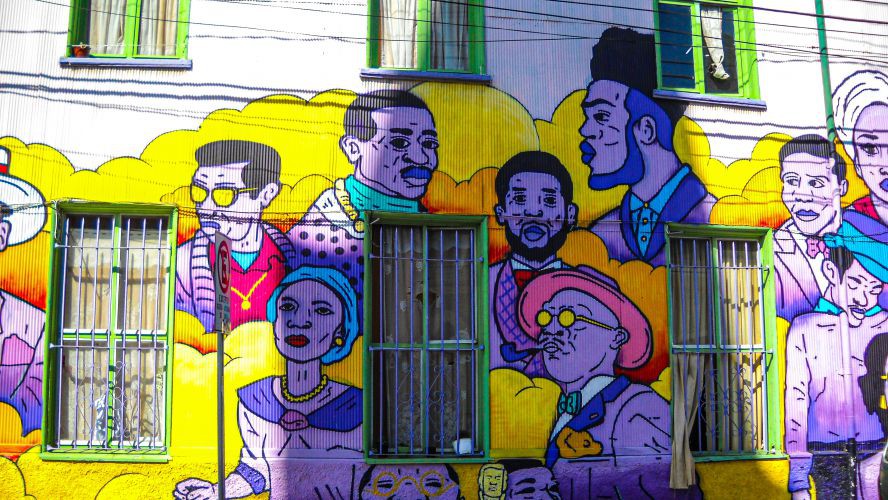
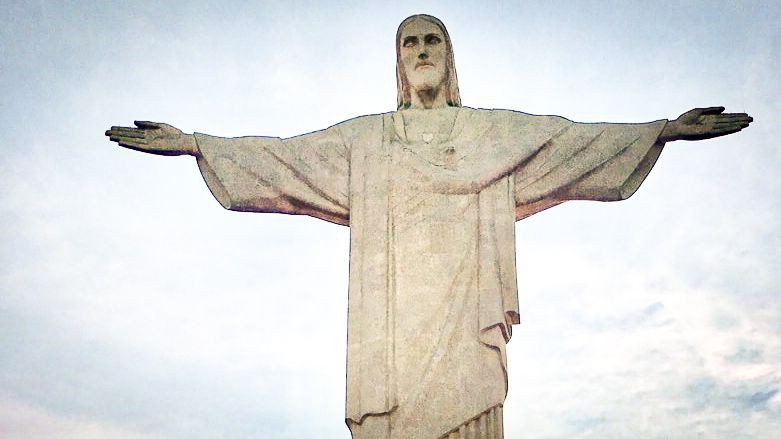

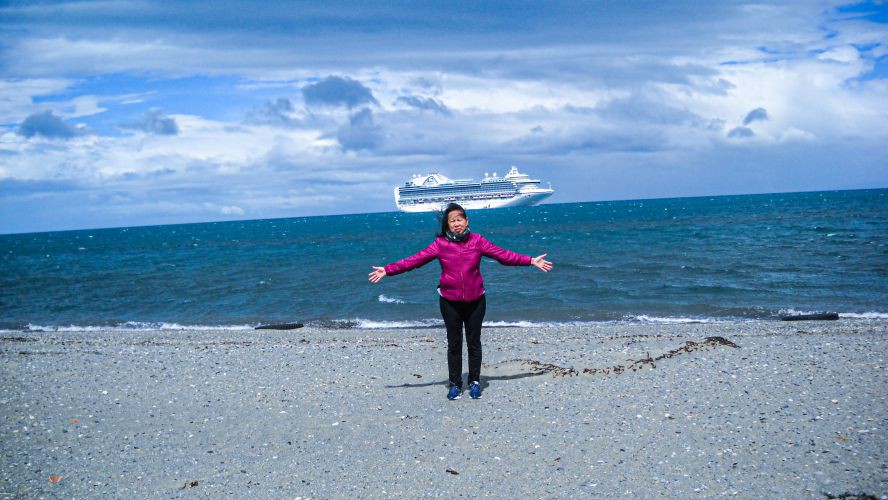
Comments